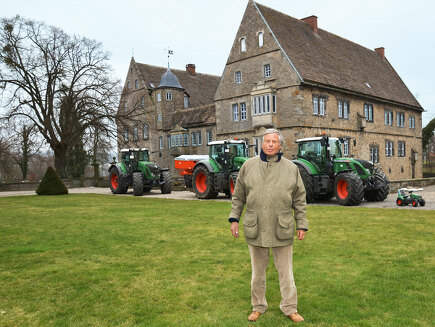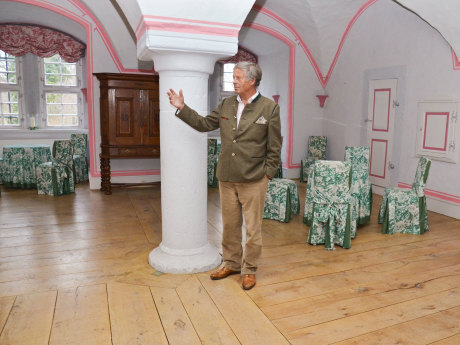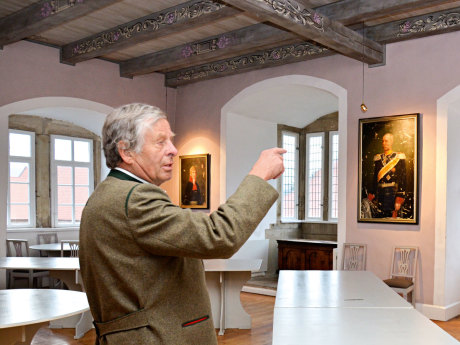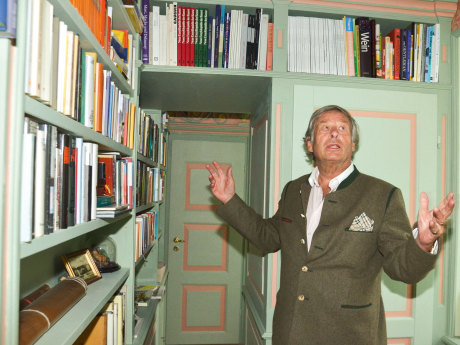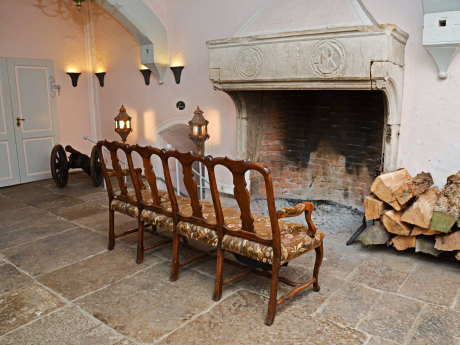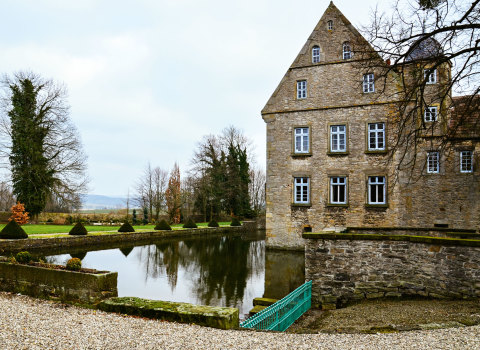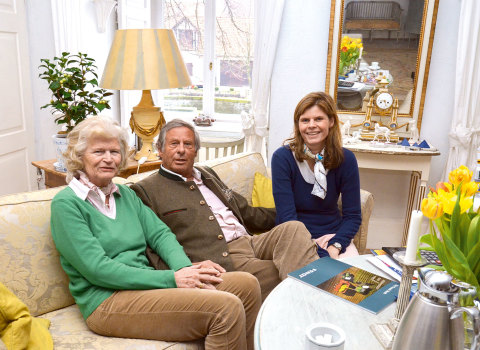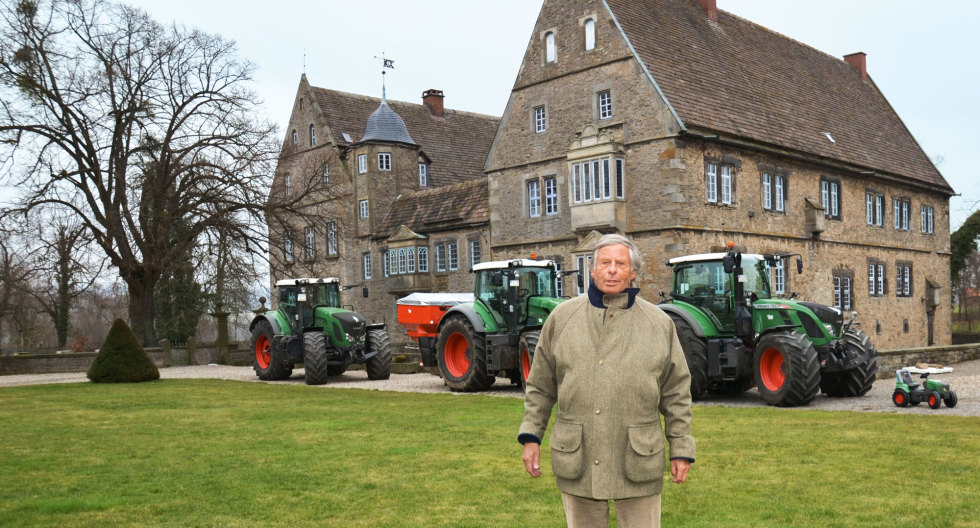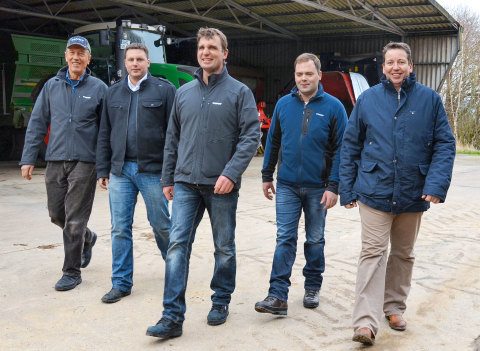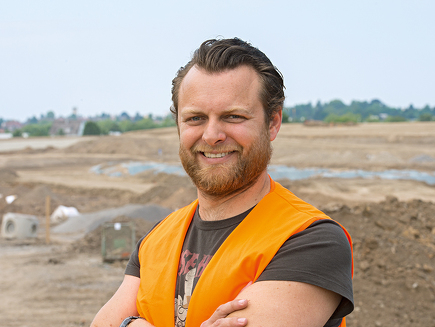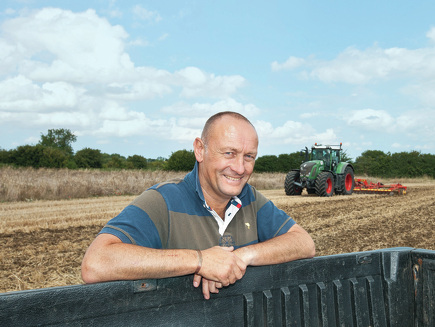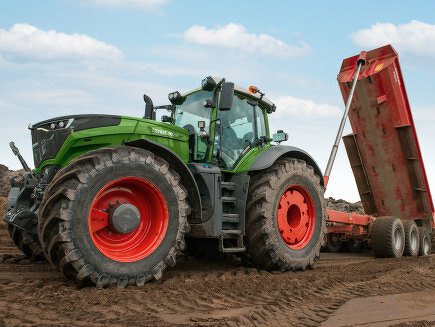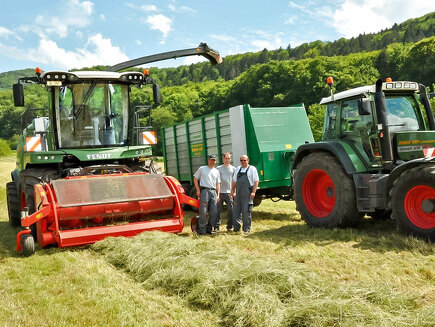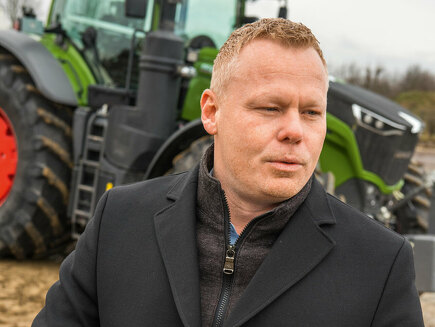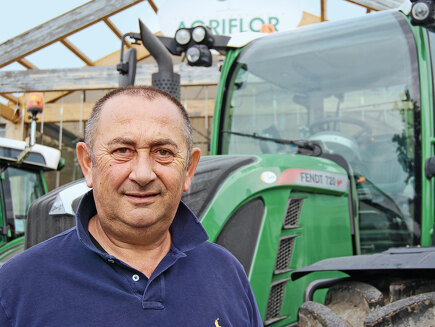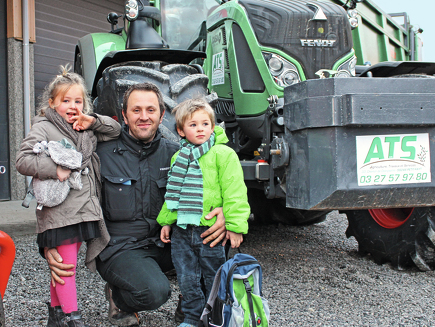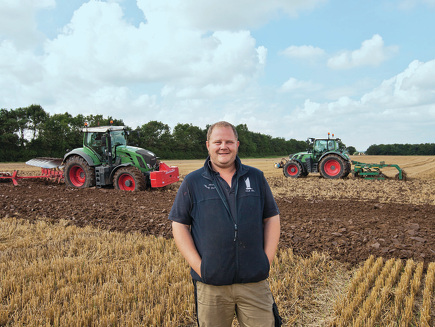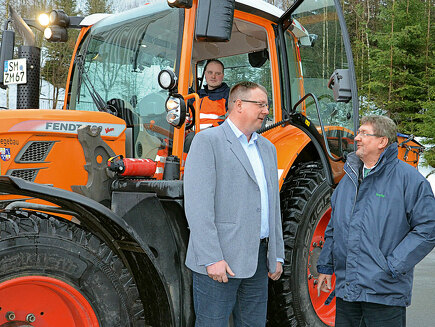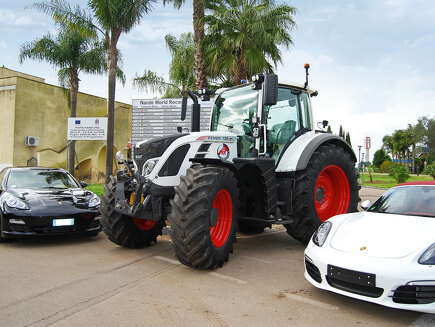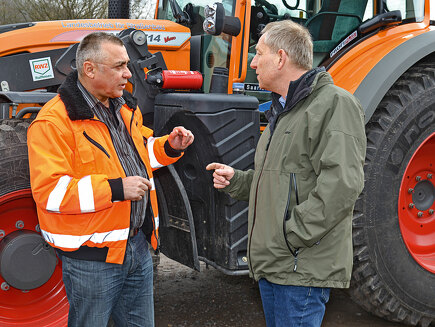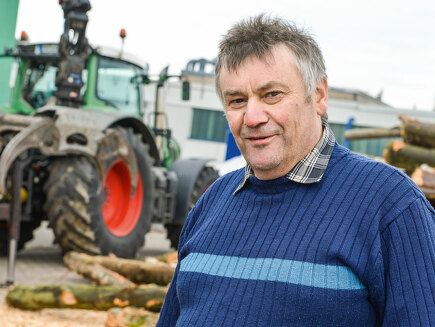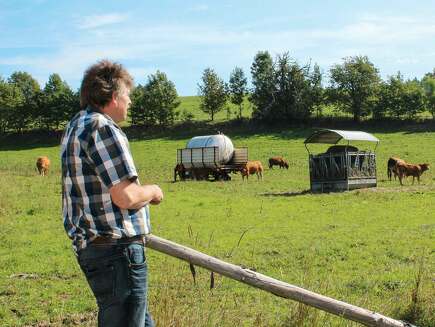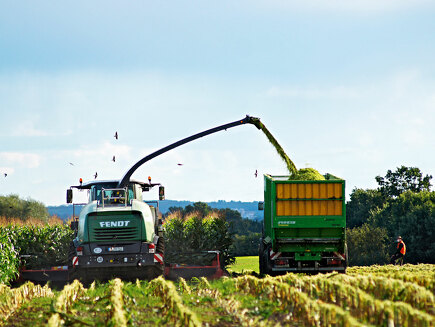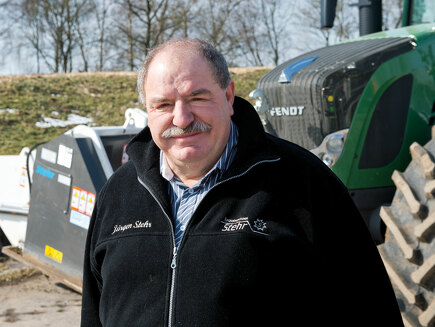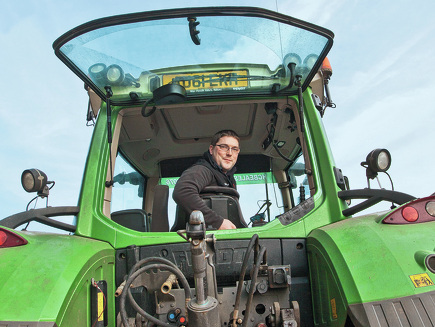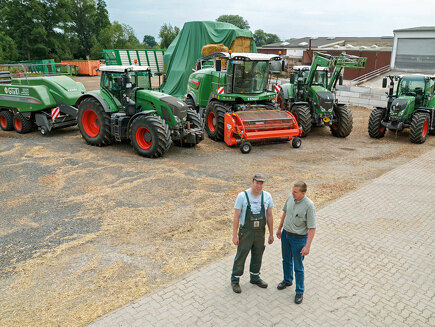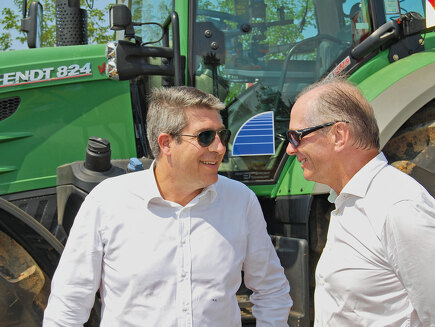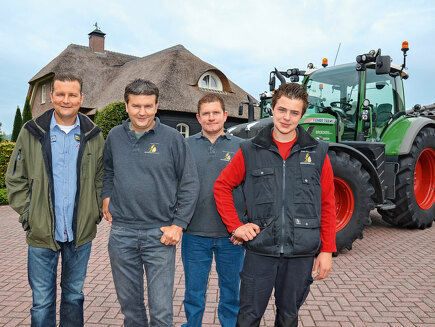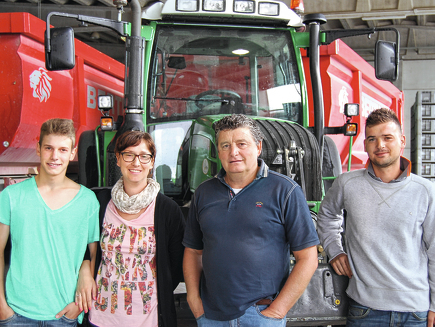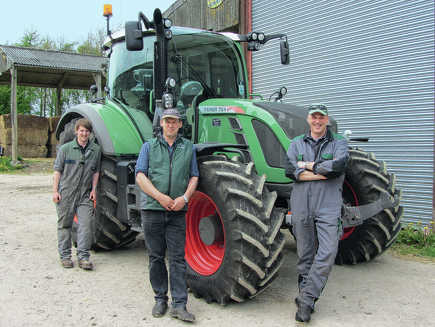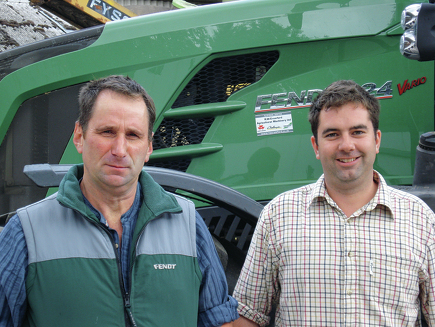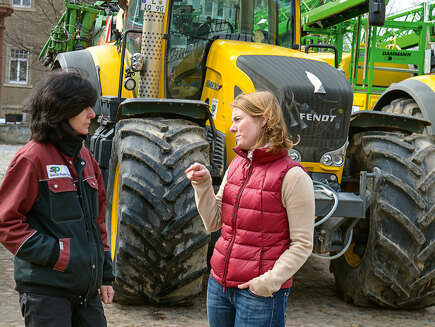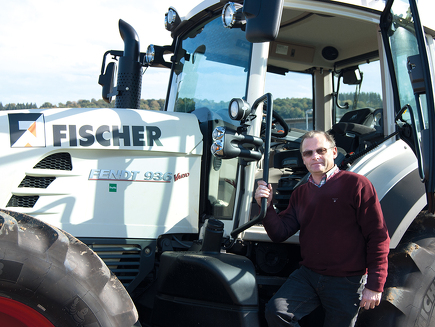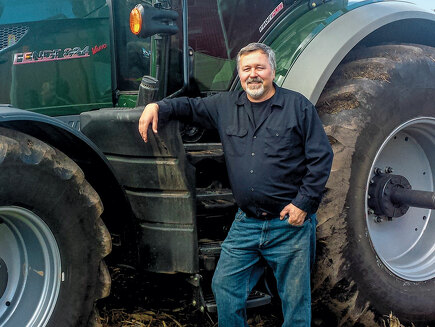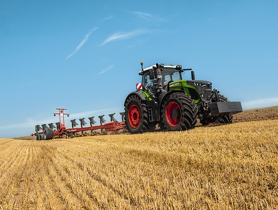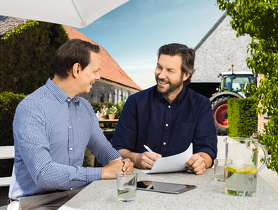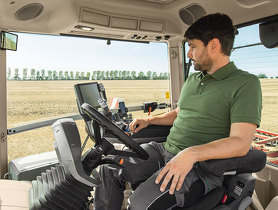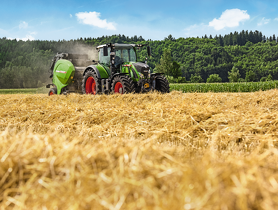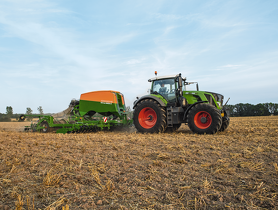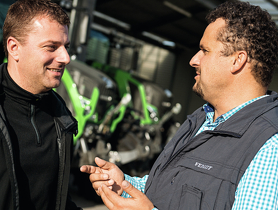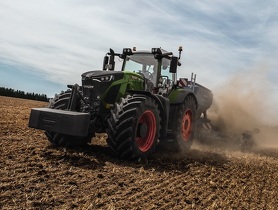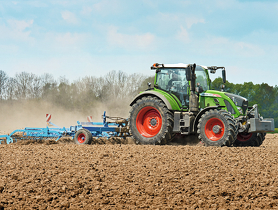"It was clear to us that we would not be able to keep this historical and listed building solely on the revenues derived from our little farm", explained von Bronsart. While saying this, he gazed across the generously proportioned courtyard at the four barn buildings extending over a combined surface area of 1480 m2. Their impressive tiled roofs gleam red in the sun. The Bronsarts also restored these buildings. That was also
rendered possible because the former German Army officer founded a GbR with the owners of two neighbouring manor houses. On a joint basis, they do more than cultivate 450 hectares of arable land with wheat, root vegetables, rapeseed and corn. The Hülseder Rittergutsverwaltung or property management business run by the von Bronsart family acquired back in 1995 a 20 hectare former NATO site from the German government's property administration office. This was on the Süntelrand escarpment and had 23 bunkers and three fuel buildings. The farm owners turned this into an important new facet in their business In 2006 the GbR installed a biogas plant in one of the bunkers, and it supplies 550 kWh of power. Other bunkers serve as storage facilities for grain crops or for fertilisers and they also house the drying plant for digestate from the biogas plant. And now there is enough room there for 3200 m2 of photovoltaic modules. In just five minutes in a car, you can drive from the castle high up to the Süntelrand escarpment. "From up here, when the weather's fine, you can look right
across to the Steinhuder Meer (a lake)", stated Heinrich Gröling, who after working for 30 years for the property management business, the Rittergutsverwaltung, and the GbR, now just looks after the biogas plant on a half-day employment basis. He is one of three employees. Bastian Schulz and Björn Kehen, both graduates of an agriculture college, are primarily responsible for ensuring that, every year, a good harvest is gathered in from the fields. However, essentially every employee here can tackle any of the work that needs to be done. For that reason, the shareholders now involve them in all of the decisions they make. For example, when they are considering the purchase of new tractors. "Just a
short while ago, we switched lock stock and barrel from another brand to Fendt", explained Gröling and pointed to the three green tractors from Marktoberdorf: a 927 Vario, a 828 Vario and a 722 Vario. As well as great ride comfort and great resale values, it is above all the work of the AGCO/Fendt sales partner, Agravis Technik in Göxe, that guided the GbR towards this decision. For the farm owners, purchasing everything from a single source is not the only consideration. The 'A and O' package is a trustworthy and reliable service, especially when it is delivered by Agravis through the sales person responsible, Dennis Stahlhut. That was a reason why von Bronsart has already ordered a Fendt combine harvester for his 2013 harvest.

